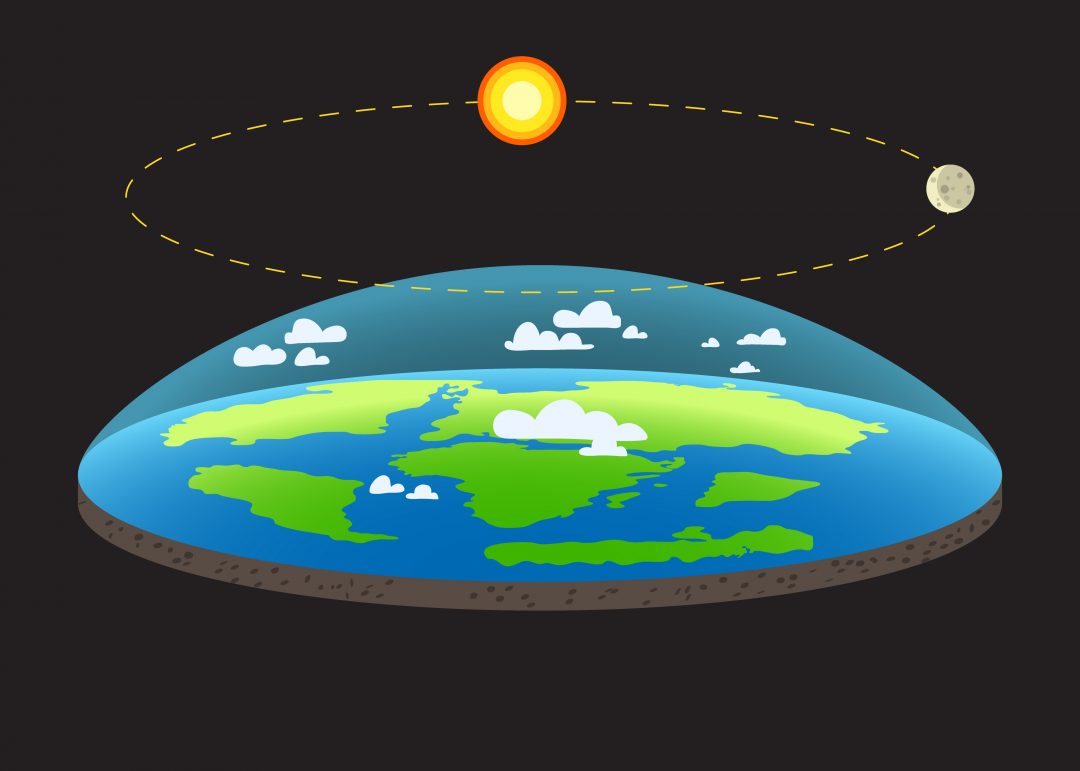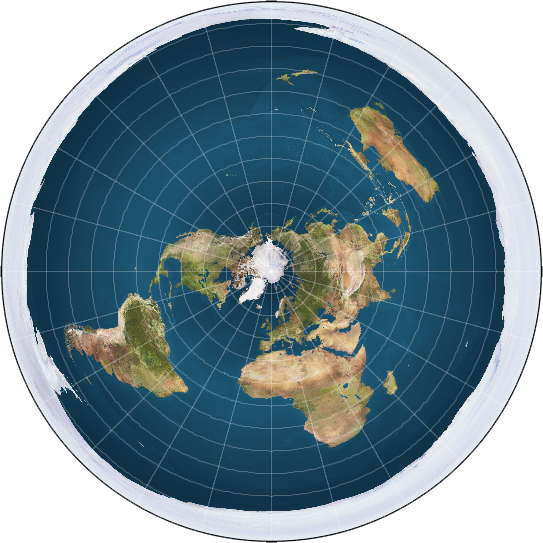While science has proven our planet to be sphere shaped, thousands around the world believe that we live on a flat Earth.
If you’ve spent enough time on the internet in the past few years there’s a big chance that you’ve seen arguments about the flat Earth theory. While many move on from such posts, regarding the as satirical, the Flat Earth Society is actually a real community with thousands of members and believer around (or across) the “globe”.
Some 2,500 years after Pythagoras shocked the world with his spherical Earth suggestion, even after modern science and satellite imaging, many people still believe that we are living (on) a lie. The Flat Earth Theory suggest that our planet is in fact a flat disk, centered at the North Pole and bordered by the South Pole, similarly to the wall of ice in Game of Thrones.
Ancient flat Earth theory
The ancient origins of the belief in a flat Earth are simply the lack of science, ignorance and religion. However, this belief continued even past 240 BC, when Eratosthenes determined the circumference of our planet.
During the 4th century, Severian, Bishop of Gabala, wrote that the Earth is flat and the sun does not pass under it in the night, but “travels through the northern parts as if hidden by a wall”
Ptolemy, a 2nd century Roman mathematician and astronomer, mapped the globe and developed the system of latitude, longitude, and climes. His work later found popularity during the 9th century Abbasid Caliphate, when Muslim scholars translated Ptolemy’s work and extended and updated his work based on spherical ideas.
By the 11th century, Europe had learned of Islamic astronomy and western scientists started accepting that the Earth is a spherical globe.
Modern Flat Earth Society
Today’s flat Earth hypotheses are based on theories by English writer Samuel Rowbotham, who wrote that Earth is a flat disc centered at the North Pole, bordered by a wall of ice, Antarctica, with the Sun and Moon revolving 4,800 km and the galaxies and stars 5,000 km directly above, in his book Earth Not a Globe (1881).
His works lead to the foundation of the Zetetic Society in England and New York, through which he promoted and shipped thousands of copies of his work. But soon after his death, a Lady Elizabeth Blount established a Universal Zetetic Society, a community that promoted “the propagation of knowledge related to Natural Cosmogony in confirmation of the Holy Scriptures, based on practical scientific investigation.” The group was active will into the beginning of the 20th century, and even published a series of pseudoscientific magazines and journals.
In 1956, the International Flat Earth Society was created by Englishman Samuel Shenton as a successor to the Universal Zetetic Society. Unlike previous flat Earth beliefs Shelton’s theories did not stem from religion, but rather from his interest in alternative science.
When satellite images showed Earth as a sphere, Shenton said: “It’s easy to see how a photograph like that could fool the untrained eye”.
After Shenton’s death in 1971, Charles K. Johnson inherited part of Shenton’s library from Shenton’s wife, and established the International Flat Earth Research Society of America and Covenant People’s Church in California. Under his leadership, the Flat Earth Society grew to some 3,500 members over the next 30 years.
Johnson died in 2001, and by then the society’s popularity had decline and many of its active members had walked away.
In 2004, a visionary flat earther named Daniel Shenton (not related to Samuel) found advantage in the cyberspace and resurrected the Flat Earth Society as a web-based discussion forum.
With the efficiency and broad reach of the internet, the Flat Earth Society caught the interests of thousands people around the world, and remains active till this day with new believers joining regularly.





